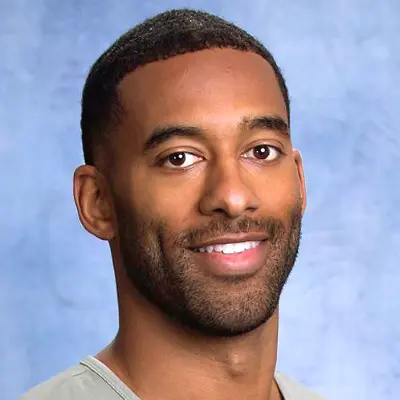The Bachelor's race problems won't be fixed until it experiences a behind-the-scenes shakeup
-

Even if ABC were to fire Chris Harrison, the network would be "attempting a superficial fix for a much deeper, behind-the-scenes problem at the franchise — to use the appropriate reality-show language, they’d be throwing him under the bus," says Kathryn VanArendonk. "(They’d also be sending a strong and meaningful message that bias is something they take seriously. Both things can be true.) The reality is that Harrison is only one part of the show’s bigger race problems, most of which happen offscreen. Unlike (Rachael) Kirkconnell’s Instagram posts, or the nightmarish sequence in Rachel Lindsay’s Bachelorette season in which she went on a two-on-one date with a Black man and a racist, it’s not something the Bachelor audience can see as an explicit narrative stemming from the people involved onscreen. Instead, it’s a core problem of how the show is edited together, a problem tied to which contestants get screen time and which don’t. The Bachelor was proud to promote season 25’s cast as 'the most diverse cast ever!' but that diversity was not reflected in the stories that showed up throughout the season. This is the kind of thing Bachelor viewers have long suspected about the series, and it’s been a palpable undercurrent in Ali Barthwell’s incredible Bachelor recaps for years. Sure, the show has cast more people of color in recent years, but those contestants are rarely featured in the big, dramatic arcs that define the early episodes of every season, and until the last few years, people of color have been almost entirely absent from the later final four arcs, too. Now, though, the work of Instagram account @bachelordata has created a quantitative way of understanding exactly how biased the show’s editing process can be. In a post about the Bachelor producer’s commitment to diversity, the account’s creator (who goes by Suzana for privacy) presented chart after chart demonstrating how little that commitment has meant for this season of the show. Sixty-five percent of the contestants this season were women of color, and yet in the first six episodes of the season, screen time featuring women of color never crested above 40 percent. In three of those episodes, less than 30 percent of the episode was dedicated to stories about women of color, while white women were given disproportionately large platforms. @bachelordata’s numbers indicate that of the women who racked up the most focused onscreen time in the first six episodes, six of the top ten were white women, and several of those six had more than double the onscreen time their Black co-contestants got. The numbers presented by @bachelordata are just one source — I haven’t done my own counting, and I can imagine disagreements about what counts as a group scene, or how to quantify narrative focus. But those numbers pass a simple gut check, providing more information about something that was already easy to observe about the show." ALSO: Eight Black Bachelor franchise alums weigh in on whether Chris Harrison should lose his job.
TOPICS: Matt James, ABC, The Bachelor, Chris Harrison, African Americans and TV, Diversity, Reality TV
More Matt James on Primetimer:- Matt James Rips The Bachelor: 'The Show Missed the Mark' on Black Representation
- The Bachelor's Matt James recalls the "hard conversation" he had with Rachael Kirkconnell after her Antebellum party photos surfaced
- Why crypto is all the rage among Bachelor franchise alums
- The Bachelor's Matt James is writing his memoir
